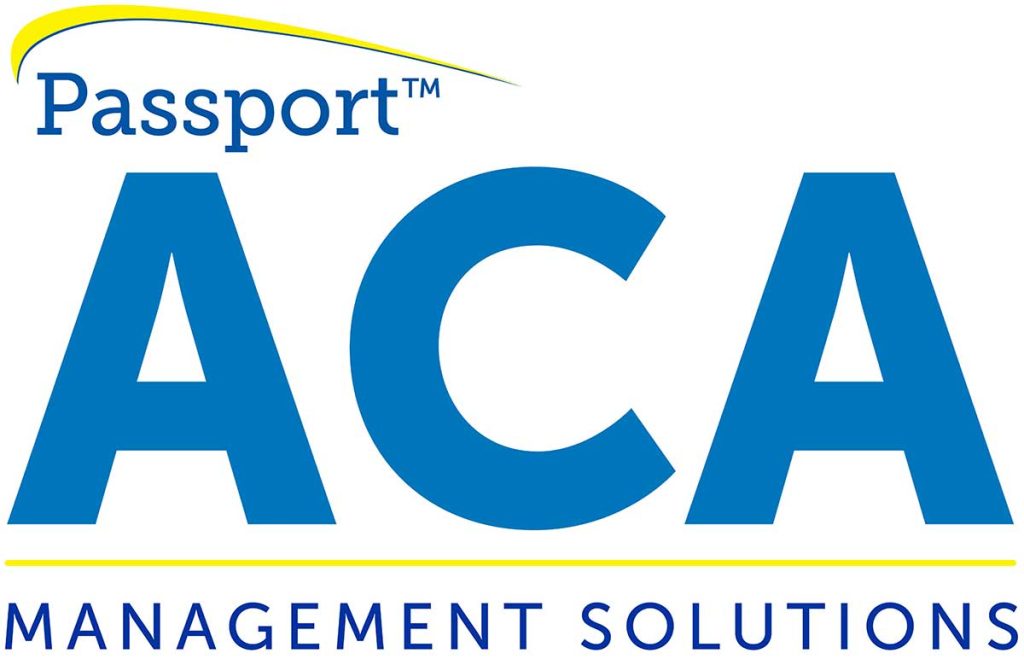Affordable Care Act – How Does It Affect Your Business?
How Does the ACA Affect Your Company?
Hello again,
Many people assume The Affordable Care Act is like the W-2 reporting process– just fill out the forms and send them to the employee and IRS after the last payroll of the year has been processed and the accountants have done their thing.
Not so.
Unless your company self-insures, the ACA requirements apply only to companies of 50 or more full-time and full-time-equivalent employees, dubbed Applicable Large Employers in ACA-speak. However, a chain of restaurants or retail stores or any group of companies that have common ownership must total all their employees to determine their filing requirements.
In other words, businesses with fewer than 50 full-time equivalent employees—owned by an organization with 50+ full-time equivalent employees—are not exempt from the health coverage mandate.
Using a Standard Measurement Period, if a business determines it had 50 full-time equivalent employees, they would be required to provide coverage to those who average 130+ hours per month.
For companies with less than 25 full-time employees, the Small Business Health Care Tax Credit covers least 50% of their employees’ premium costs. Small businesses may not be aware of this credit. As of 2016, only a fraction of the nearly 4 million eligible companies have claimed this incentive.
COVERAGE
The ACA requires that employers correctly classify employees as Full Time or Part Time based on records of their hours worked during the year. And by law, Full time Employees must be offered a self-only health insurance plan costing the employee no more than 9.5% of their annual gross earnings. The employer may, of course, contribute toward achieving this.
Dependent coverage must also be offered but does not need to meet any standards of “affordability.” And higher-end coverage may also be offered but are not required to meet the affordability standards, except that the employer contribution must be at least as much as it is for the lowest cost plan.
Insurance companies have a whole new set of insurance plans designed to meet this legal requirement, typically with high deductibles and providing Minimum Essential Coverage (MEC) and Minimum Value as prescribed in the law. And the employer is responsible for presenting the offer of affordable insurance to the employees and for tracking such offers.
ACTIVE MANAGEMENT
So this is not just a case of needing software to fill out a form at the end of the year. It requires active monthly management and tracking employee work hours during ACA measurement periods to insure correct classification of part-time/full-time status and insurance offers.
Our ACA software helps you to do this and may also be used to help manage the workforce to avoid “drift” of part-time employees into ACA defined full-time employee status, which is pegged at 30 hours per week or 130 hours per month.
Failure to correctly classify an employee as full time and offer that employee affordable insurance, could end up costing the company tens of thousands of dollars in “Employer Shared Responsibility” penalties, triggered when an employee obtains subsidized insurance from one of the exchanges. The penalties may be applied to all of the employer’s employees, not just the ones that were subsidized.
MORE THAN FORMS
We have created over a dozen new management reports and new data files to allow you to actively manage compliance with the ACA requirements. Meet extensive reporting demands with automated filing. Most penalties occur to mistakes made during the year—Passport’s ACA compliance software provides year-round employee status notifications and much more.
- Alleviate the stress of compliance and reporting
- Minimize the administrative burden, ensure accuracy
- Avoid costly penalties—up to $2000 per full-time employee
Learn more. Passport Software’s ACA Compliance Software or Contact Us.

